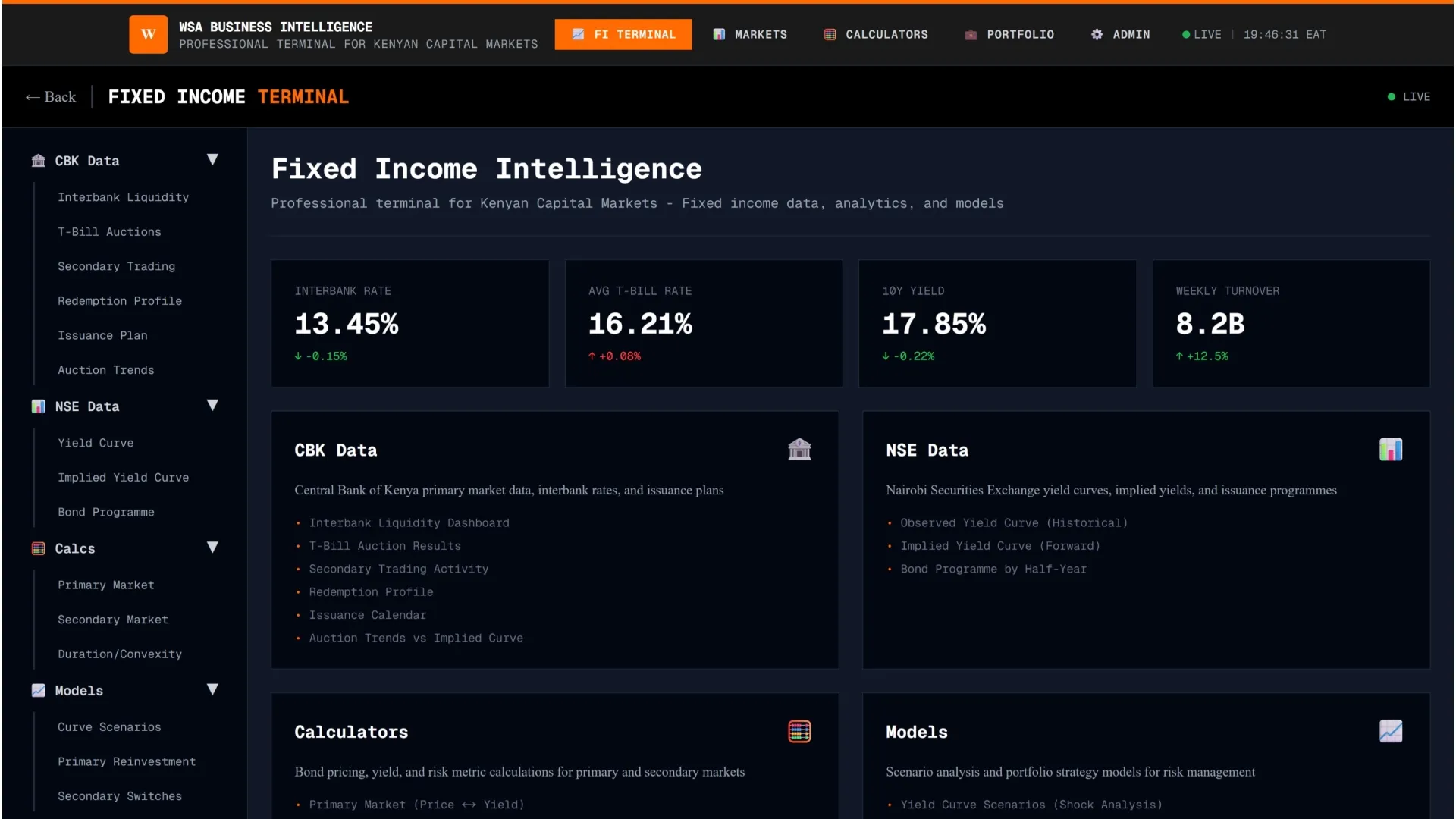Nvidia, the world’s most valuable company, has agreed to invest $5 billion in Intel, buying a ~4% stake at US$ 23.28 per share.
- •The deal, announced on September 18, 2025, pairs the equity purchase with a strategic partnership to co-develop future data center and PC products.
- •Nvidia will work with Intel to design custom x86 CPUs that integrate with its AI GPUs through NVLink high-speed interconnects, while Intel will produce new PC SoCs using Nvidia RTX GPU chiplets.
- •The move marks a rare tie-up between two fierce rivals.
Nvidia has not committed to manufacturing GPUs at Intel Foundry, but says it will keep evaluating that option, according to Reuters.
Intel shares surged more than 20% on the announcement, while Nvidia rose about 3%.
Government and Private Bailouts Underpin Intel’s Comeback Bid
The Nvidia buy-in is the latest in a series of large external capital injections—including U.S. government equity support, CHIPS Act subsidies, and SoftBank’s stake—aimed at stabilizing Intel and reviving U.S. chipmaking.
| Investor | Amount | Stake | Terms |
|---|---|---|---|
| U.S. Government | $8.9 billion | 9.9% | Bought 433.3m new shares at $20.47 using unpaid CHIPS Act and DoD funds. No board seat. 5-year warrant for up to 5% more, said the U.S. Department of Commerce. |
| SoftBank | $2 billion | ~2% | Equity deal announced Aug 18–19, 2025, signaling private confidence in Intel turnaround. |
| Nvidia | $5 billion | ~4% | Equity plus multi-year product collaboration, announced Sept 18, 2025. |
- •The U.S. stake is the most unusual. It converted $5.7B in pending CHIPS Act grants and $3.2B in Secure Enclave program funding into equity.
- •Washington framed it as a way to protect taxpayer money while ensuring Intel remains central to domestic semiconductor supply chains.
- •SoftBank’s $2 billion injection came in late August, helping reinforce market confidence and boost Intel’s liquidity.
What’s at Stake
Intel is betting these funds will support its delayed manufacturing roadmap and its push to grow Intel Foundry Services into a viable rival to TSMC and Samsung. The Nvidia tie-up also gives Intel a marquee partner and potential customer for its packaging and foundry operations.
Risks remain high. Intel still trails rivals in process node advances, yield performance, and cost competitiveness. The U.S. government’s passive stake raises governance questions, while Nvidia’s deal awaits regulatory clearance.
If Intel executes, the partnerships could restore its relevance in data centers, PCs, and advanced manufacturing. If not, the bailouts risk turning into stranded bets.




